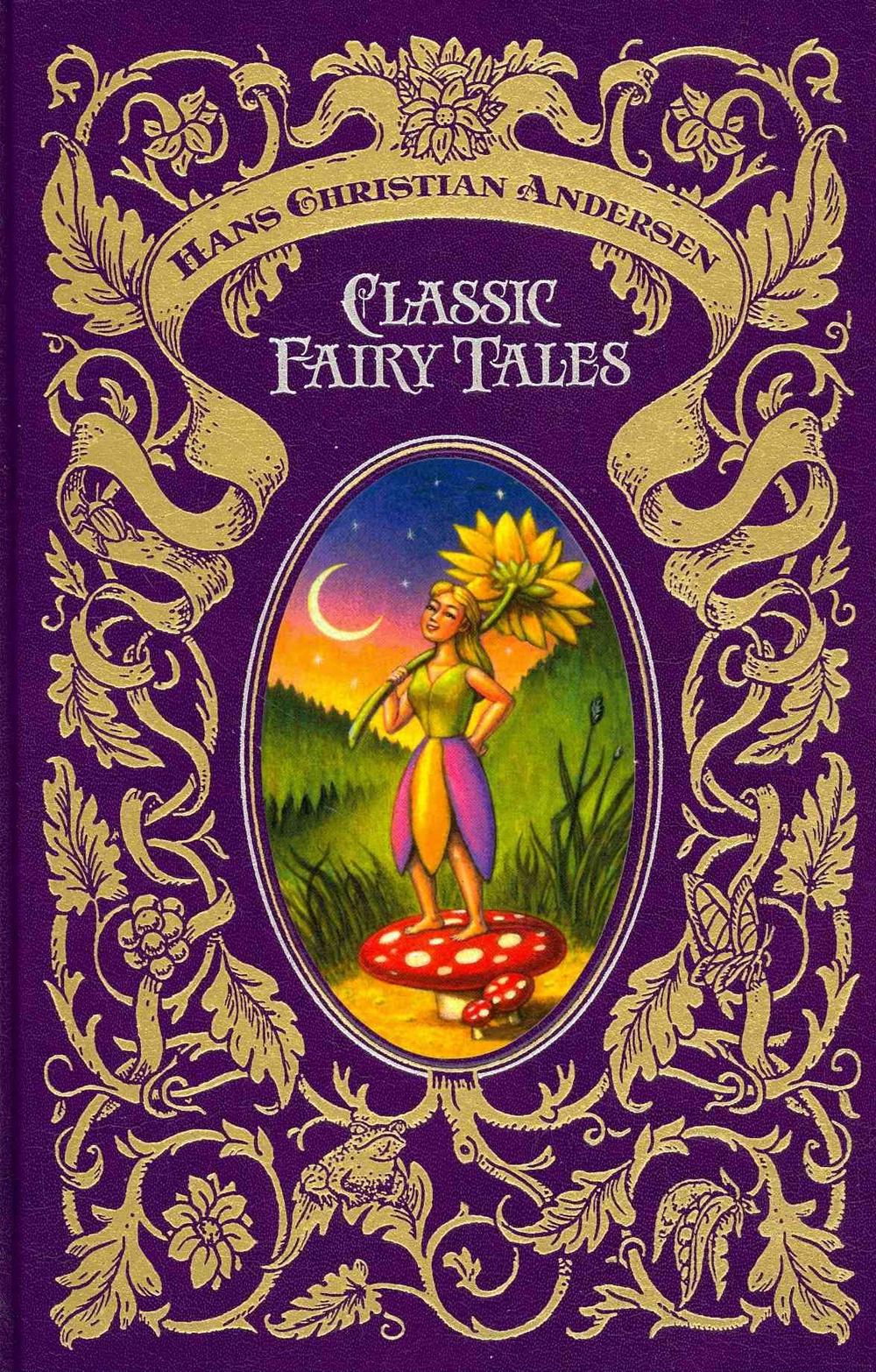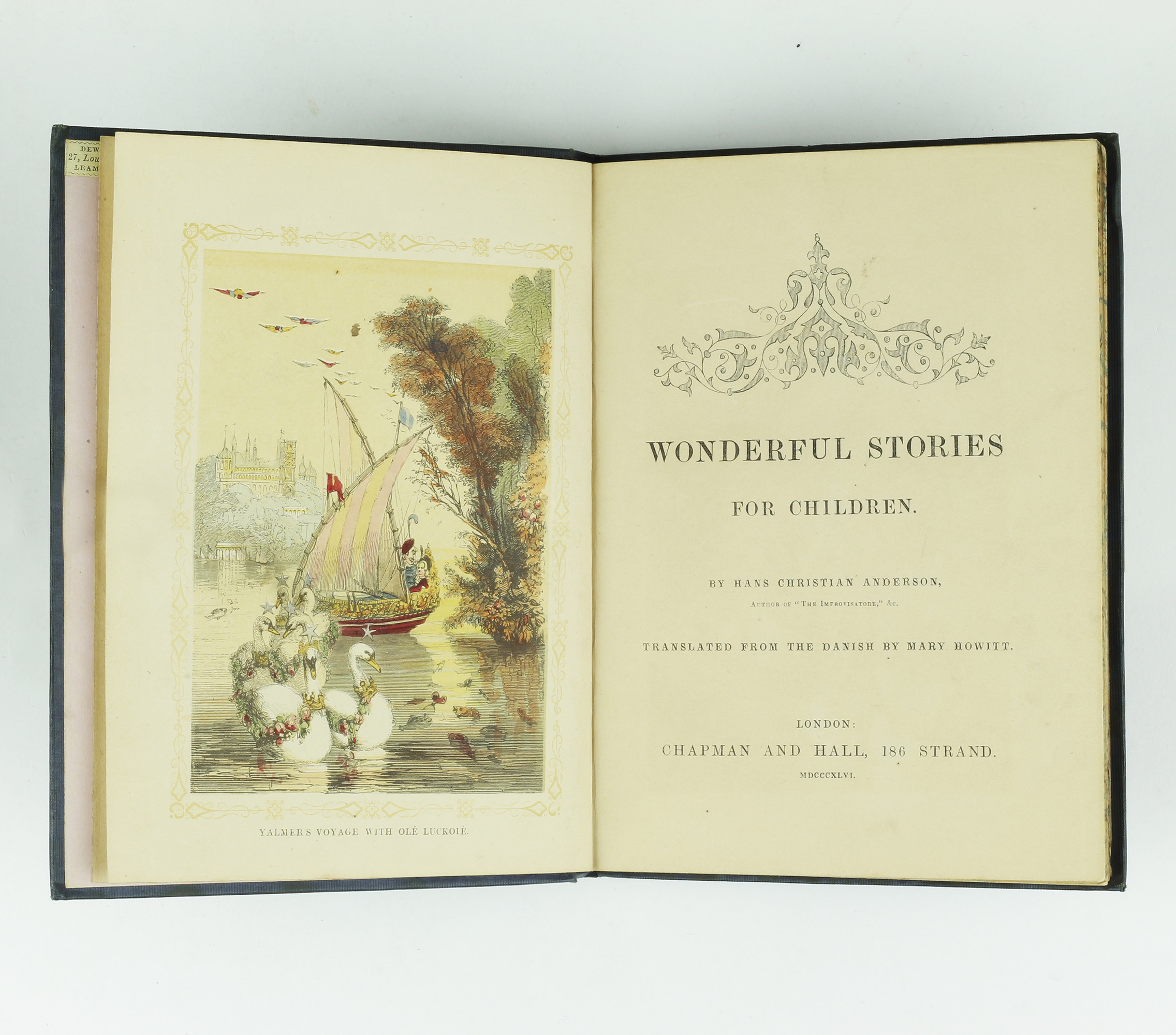

Young Hans was a sickly, delicate child, who preferred solitude and his own quiet pursuits rather than the company of children his own age, and lived in a world peopled by his own fantasies and dreams. In 1812, he enlisted in the army, in the hope that that would give him a better income but he died in 1816, at the young age of thirty-five. The cobbler was a self-educated man, with a great love for literature and the theatre, a love that he passed on in full to his son, through the stories of La Fontaine and the Arabian Nights, which he would read to him regularly. Though they were not rich, the atmosphere in their house was cheerful, and there were books and music and art to be enjoyed. Their home consisted of a single room, which served as his father’s work room, as well as the family’s bedroom and living room, and a kitchen. The family were not very well off, and lived in the poorer district of the town. His father, Hans Andersen, was a cobbler.

Hans Christian Andersen was born on April 2, 1805, in the town of Odense, in Denmark.

Of all these tales, perhaps the most moving is that of ‘The Little Mermaid’ and her tragic and unrequited love for the prince. But Andersen’s best tales are those that were the creations of his own mind. Sensitive, delicate, sometimes comical, sometimes melancholy, they touch the heart and leave their mark upon it. These tales include ‘The Tinder Box’, ‘The Flying Trunk’, ‘The Wild Swans’ and ‘The Garden of Paradise’ as well as ‘The Swineherd’ and ‘The Real Princess’. Andersen told many of the traditional tales as well, that he had heard from his grandmother, and the attendants of the insane asylum where his grandfather had been institutionalised. Andersen, though, invented his own fairy tales, many of which reflect his own childhood experiences: the new shoes he was given for his first Communion were transformed into the red shoes in the story of the same name, his mother’s flower-boxes with their flowers and herbs appear in ‘The Snow Queen’ , his grandfather became the old woodcarver in ‘Holger Danske’, and his grandmother the good grandmother in all his tales, while the struggles of his childhood, as a weak, ailing and ugly child, transformed themselves into the story of ‘The Ugly Duckling’. Some writers, such as the Brothers Grimm, have collected fairy tales as they have been told through generations and set them down exactly as they heard them others, like Charles Perrault, took the traditional tales and embellished them. The fairy tales of Hans Christian Andersen (1805-1875) are unique in that they are the product of his own imagination.


 0 kommentar(er)
0 kommentar(er)
